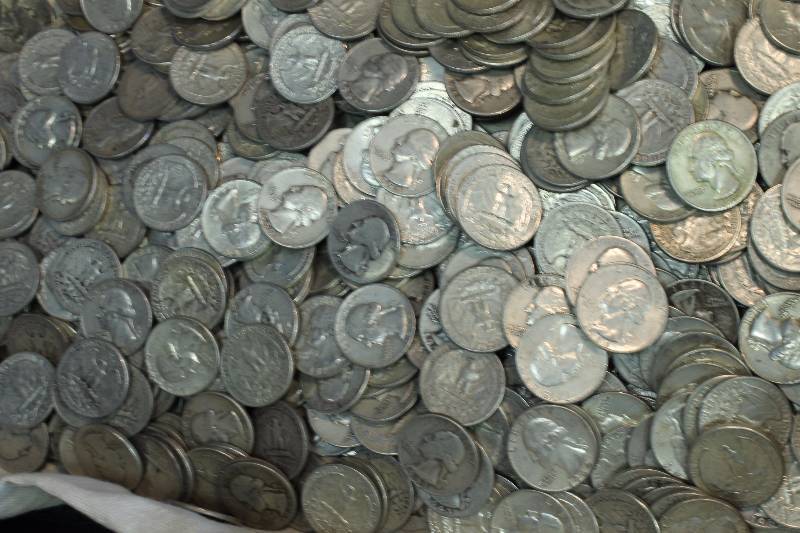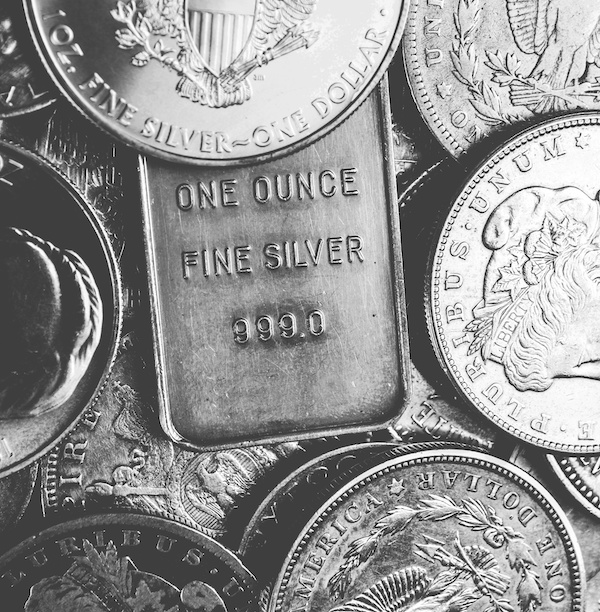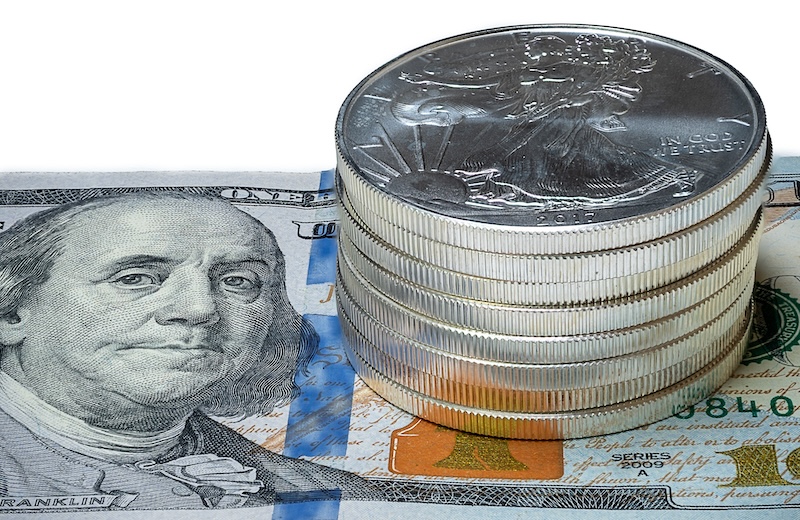Silver quarters circulated in the United States from 1796 until 1964. Due to rising silver prices in the 1960s, the Mint changed the composition from 90% silver to the copper-nickel-clad alloy with which we are most familiar today.
Collecting Silver Quarters
The earliest American Quarter design is the Draped Bust. The Draped Bust quarter design was created by artist Gilbert Stuart and engraved by Robert Scot. The obverse features a profile portrait of Lady Liberty with flowing hair and a draped bust. At the same time, the reverse initially depicted a small eagle (1796). It was later replaced with a heraldic eagle design (starting in 1804). The year 1796, the first year of issue, is particularly notable for coin collectors.
Capped Bust and Draped Bust
Draped Bust Quarters are highly valued today, particularly among numismatists and collectors of early American coinage. Their value depends on factors including rarity, condition, year of minting, and any unique historical significance.
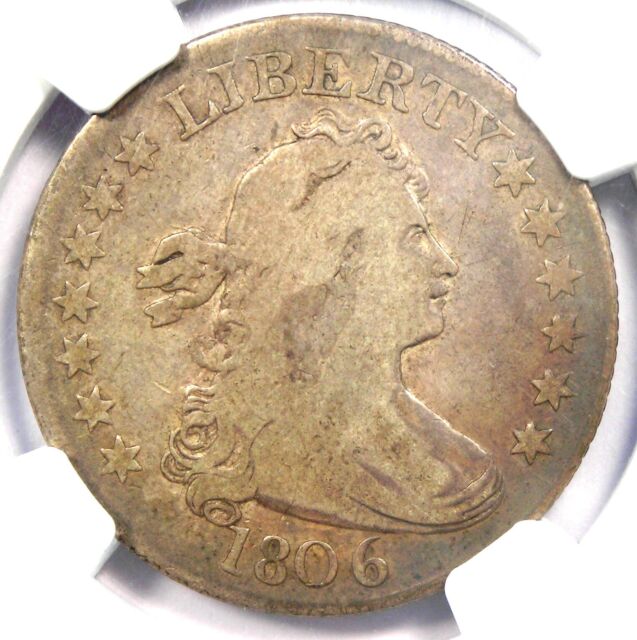
The Capped Bust Quarter was minted from 1815 until 1838 and was created by John Reich, the Chief Engraver of the United States Mint. The obverse features Lady Liberty with a capped bust facing left, and the reverse depicts an eagle with its wings outstretched. Owning one of these coins is a valuable addition for collectors due to its age, historical context, and artistic design. While most surviving coins are in worn and heavily circulated condition, those in finer states of preservation or with rare variations are particularly valuable.
Seated Liberty
The Seated Liberty Quarter was a United States coin from 1838 to 1891. It is part of the broader Seated Liberty series, which includes various denominations. The design of the Seated Liberty Quarter, created by the U.S. Mint’s Chief Engraver, Christian Gobrecht, is significant for embodying the 19th-century American coinage style.
Over its more than 50-year production period, the Seated Liberty quarter underwent several design modifications, including changes to the surroundings of the seated figure and the addition of various mottoes such as “In God We Trust.”
Specific years and mint marks are scarce and sought after. For example, the 1870-S Seated Liberty Quarter is extremely rare and valuable.
The coin’s obverse features the figure of Lady Liberty seated on a rock, holding a pole with a Phrygian cap on top in one hand and a shield inscribed with the word “Liberty” in the other. The reverse depicts an eagle.
Barber Silver Quarters
The Barber Quarter was issued by the U.S. Mint from 1892 until 1916. Named after its designer, Charles E. Barber. The obverse of the Barber Quarter features the head of Liberty facing right, wearing a Phrygian cap, a laurel wreath with a ribbon, and a headband inscribed with the word “LIBERTY.” The reverse showcases an eagle with outstretched wings holding arrows and an olive branch, an emblematic design of the United States.
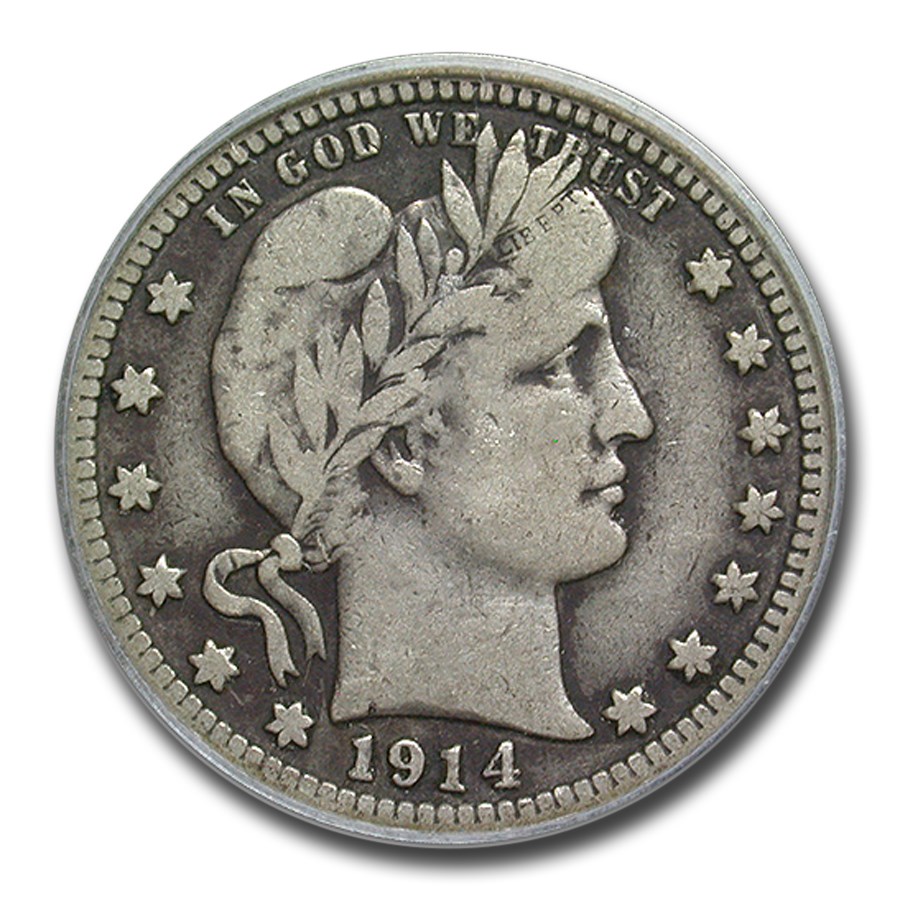
Barber Quarters are made of 90% silver, are highly collectible, and many will carry numismatic value, especially in higher grades or with rare mint marks, in addition to the intrinsic silver value. The value of a Barber Quarter depends on its condition, year, mint mark, and rarity.
The most common conditions found for Barber Quarters range from heavily worn (where many details are smoothed out) to well-preserved states. Coins in mint condition (uncirculated) or higher grades are rarer and thus more valuable.
Standing Liberty Quarters
The Standing Liberty Quarter was minted from 1916 until 1930. The obverse of Standing Liberty quarters features a full-length image of Lady Liberty standing in a gateway, holding a shield in her left hand for protection and an olive branch in her right hand as a symbol of peace. Sculptor Hermon Atkins MacNeil created this design.
The Standing Liberty design underwent several changes during its minting period, most notably in 1917, when a chainmail covering was added to Lady Liberty’s chest, and in 1925, when the date was recessed to reduce wear.
Washington Silver Quarters
The Washington Quarter was introduced in 1932 to commemorate George Washington’s 200th Birthday and was minted with a 90% silver planchet until 1964. This design features a profile of the first President, designed by sculptor John Flanagan.

This design remains so popular that it has continued for nearly 100 years and is still used today in the copper-nickel-clad era, albeit with modifications.
Junk Silver Quarters
Circulated coins minted before 1965 have little to no collector or numismatic value. They are often referred to as “Junk Silver.”
Buying Junk Silver Quarters is a popular way for precious metals investors to acquire silver for a meager premium over melt value. These silver quarters are also in high demand with “preppers” because they are fractional silver coins that are widely recognizable for their intrinsic value and can easily be used as a means of bartering if or when the economy as we know it collapses. However unlikely that may be, it’s entirely possible.

The most common Junk Silver items that investors and preppers flock towards are Washington Silver Quarters in $10 face value bankrolls and bags.
The Washington Quarter was produced in 90% silver for 32 years. During that time, mint records show that 3,776,126,601 Washington Quarters were minted. That’s more than 3.75 billion coins. Even though a sizable amount of these coins were melted down and repurposed, Washington Silver Quarters account for the vast majority of Junk Silver available in the secondary bullion market today.
Each Silver Washington Quarter weighs 6.25 grams. The alloy is 90% silver and 10% copper, which means that each quarter contains 5.616 grams of silver and .634 grams of copper. Some weight reduction will occur due to circulation and wear and tear over time. However, the amount lost will generally be small, typically only fractions of a gram.
Quick Facts about Junk Silver Quarters
- Each $1 Face Value (4 quarters) contains roughly .715 troy ounces of silver.
- One $10 Face Value Roll (40 quarters) contains approximately 7.15 troy ounces of silver.
- One $50 Face Value Bag (200 quarters) contains roughly 35.75 troy ounces of silver.
- One $100 Face Value Bag (400 quarters) contains approximately 71.5 troy ounces of silver.
Where to Buy Junk Silver Quarters?
Silver Washington Quarters are usually found at most pawn shops, local coin shops, eBay, and other online bullion dealers. Most Washington Quarters have no numismatic value, and you should buy them at a spot or melt price as close to the spot as possible.
Many online bullion dealers sell Junk Silver Washington quarters for several dollars above face value. Product listings on dealer websites often show a $10 face value of Circulated Pre-1964 Washington Quarters. A typical bankroll of quarters is $10 Face Value, which is equivalent to 40 quarters.
Modern Silver Quarters
Modern silver-proof quarters, such as the 50 State Quarters issue and later the America the Beautiful Quarters Program, have been popular among collectors and investors since their introduction. The 50 State Quarters series, which ran from 1999 to 2008, featured unique designs for each of the 50 U.S. states. The America the Beautiful series, which began in 2010, features national parks and notable sites.

While circulating quarters are copper-nickel clad, the U.S. Mint also issued silver proof versions of these coins. These proof quarters are composed of 90% silver and 10% copper, the same alloy as pre-1965 silver quarters.
Silver coins are struck with special dies and treated planchets to create a mirror-like finish. Due to their intrinsic value, higher quality, and limited mintage, silver proofs are more valuable than regular circulating coins. They also appeal to collectors. As collector’s items, their value can exceed the mere silver value, depending on the demand for specific designs or sets.
How to Calculate the Melt Value of Silver Quarters
To calculate the silver quarter melt value, you can take the weight of each quarter, which is roughly 0.179 troy ounces. Multiply the weight by .90, the amount of pure silver contained in the alloy, to get the approximate silver weight. This is around .161 troy ounces. Then, multiply that by the current spot price of 1 troy ounce of silver. So, if the current spot price for silver is $20.00, each Silver Washington Quarter has a melt value of around $3.22.
